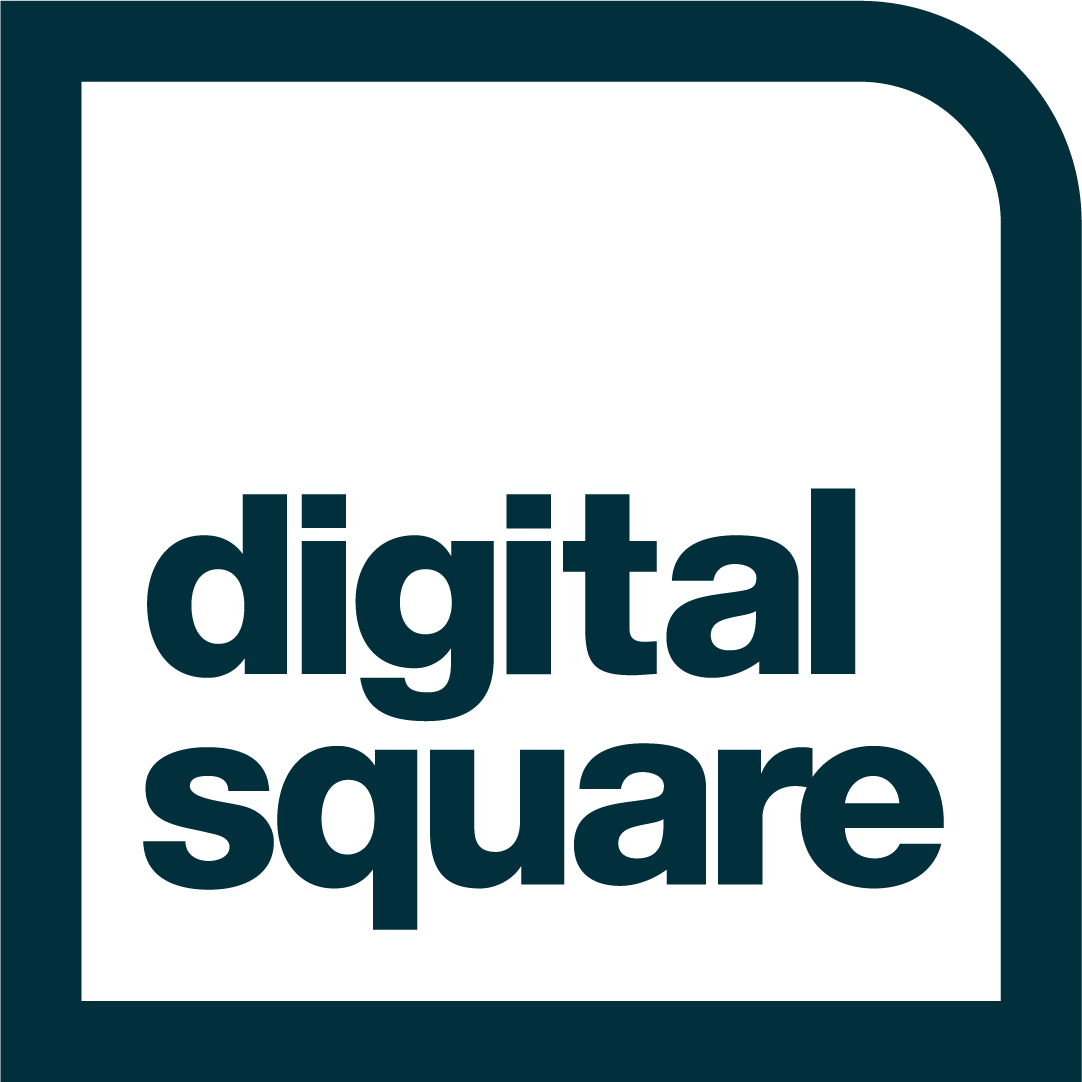What is a global good? Harnessing DHIS 2 to strengthen HIV/AIDS reporting in DRC
By Amanda BenDor
Capturing health information data is essential to track patient services, manage resources, and support decision-making in a health system. Digital systems can improve accuracy of data captured, increase visibility throughout the health system, and enable new kinds of analytics that are costly or difficult with paper-based systems. However, implementation of robust digital health information systems is not easy in resource-constrained countries. One notable challenge to building digital health systems is the relatively low level of digital access in countries like the Democratic Republic of the Congo (DRC). For example, less than 5% of the DRC population uses the internet, and less than 40% have a mobile SIM card.
Undeterred, the DRC is committed to navigating these constraints in order to strengthen their health system. For example, the country is making dramatic strides to expand internet coverage nationwide. In partnership with the Gavi Alliance, the government is deploying very small aperture terminal (VSAT) Satellite technology to connect health zones throughout the country. VSAT is a satellite communication system that handles data, voice, and video signals providing access to locations with very weak internet and mobile coverage.
Taking advantage of increased digital connectivity DRC has adopted the global good district health information system 2 (DHIS). DHIS 2 is a health management information system that allows users to collect, manage, and visualize health data. The DRC Government is using DHIS 2 to develop its National Health Information Management System, and is currently supporting a nation-wide rollout to all health zones in the country to capture monthly aggregate data of health indicators at health facilities.
PATH’s work in DRC–harnessing a global good
In addition to introducing a National Health Information System, the DRC and PATH—through the Integrated HIV/AIDS Program (IHAP) Haut Katanga and Lulaba (HK/L) project—are going one step further and implementing DHIS 2 at the point of care. Doing so allows for the capture of essential HIV/AIDS service delivery data for reporting, monitoring, and quality improvement.
Launched in 2017, IHAP HK/L is a 5-year, USAID-funded project that builds on ProVICplus. IHAP HK/L supports 153 facilities and communities in 16 health zones by providing a comprehensive package of HIV testing, care, and treatment services in the Haut Katanga and Lualaba provinces in the southern part of the DRC. Data about these services is not only captured for monthly reporting to monitor DRC’s progress of President's Emergency Plan for AIDS Relief (PEPFAR) 90-90-90 indicators, but also enables decision-makers to monitor services and enact data-led decisions to improve services and policy.
IHAP chose DHIS 2 to manage HIV/AIDS data because of its flexibility and alignment with the 9 Principles for Digital Development. Like other global goods DHIS 2 is open-source, easy to implement and scale, well-documented, interoperable through open standards, and adaptable to country and project-specific needs. Implemented in over 40 countries DHIS 2 has now been used in the DRC for several years.
Transitioning from paper to digital systems
Prior to the implementation of DHIS 2 staff at health facilities in the DRC entered HIV/AIDS service delivery data by hand into a 30-page register book called a Canevas Unique. Data from the register books were then entered into an excel system by IHAP staff, only after being validated at a monthly meeting at the health zone level. Operational challenges—like delays and errors in entering data—inhibited not only timely reporting but also data-led action to improve HIS/AIDS services.
Transitioning from this paper-based system to a digital platform will mitigate many of these challenges.
“We see the value of the DHIS 2 platform and are eager to scale not only for our team but also to the health facilities we are supporting,” says Venant Cikobe, National M&E Specialist for the IHAP-HK/L program. “DHIS 2 will give us more flexibility to collect, analyze, and visualize data. We also like that offline reporting is available—this is important since internet connectivity is not very reliable in all of the health zones.”
Scaling and expanding data use
The IHAP-HK/L team first set up DHIS 2 for its own staff in the summer of 2017 to replace the excel forms used to capture, triangulate, and report PEPFAR data. While customizing the system the IHAP-KL/L team created unique dashboards of PEPFAR indicators ensuring system alignment with DATIM and other reporting protocols.
The IHAP-KL/L team is planning to scale the DHIS 2 system at the facility level replacing the Canevas Unique paper-based system. The goal is to enable faster data entry and support more complete quality data of HIV programs. As DHIS 2 is rolled out for use at all 153 facilities the team will build capacity of facility staff to use DHIS 2 to see reporting trends of essential HIV/AIDS prevention and treatment services. The IHAP-HK/L team in Lubumbashi is preparing for a hands-on training of the program’s 20 site coordinators to efficiently and effectively engage them in the process to scale the platform.
Until DHIS 2 has been scaled to all 153 facilities the team is looking at how to make use of DHIS 2 and other data now to inform decision making. Using clinical data from the patient tracking system Tier.Net, as well as reporting data from other sources, PATH is harnessing Tableau and other tools to develop interactive graphs and maps to better contextualize how data feeds into the 90-90-90 indicators.
The work PATH is supporting through IHAP-HK/L has the potential to improve HIV prevention, care, and treatment services in the country by creating a culture of data use. The data collection and use skills being built through IHAP-HK/L are transferable to other health programs as well as sectors outside of health. IHAP’s success will lay the groundwork for digitizing and transforming health information use across the country.

